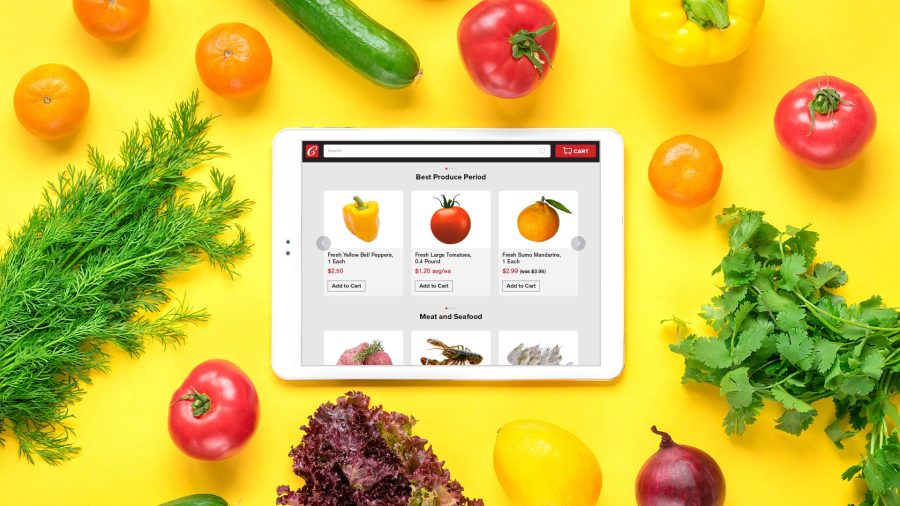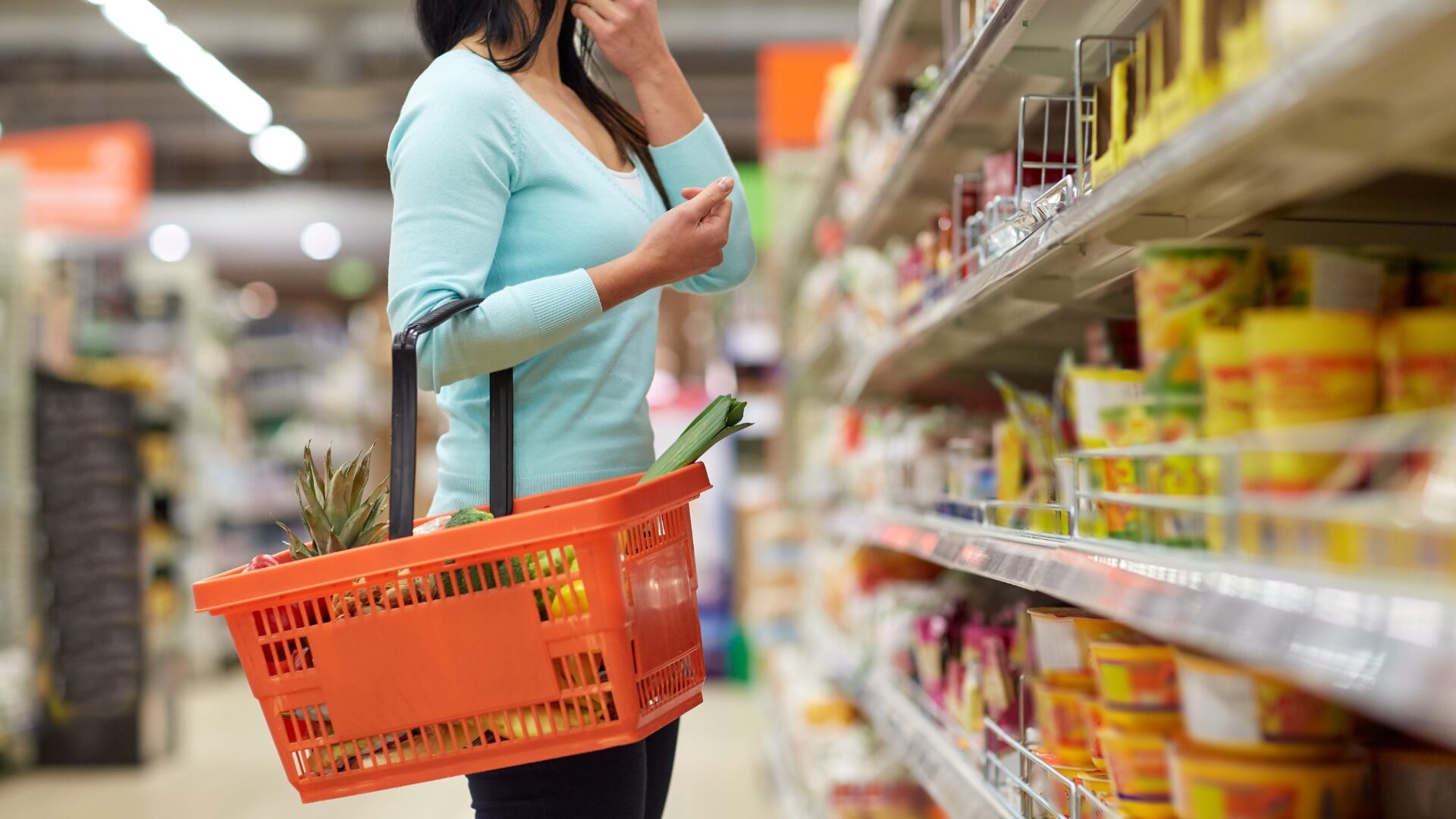Online grocery shopping is reshaping e-commerce and is expected to become the top category this year, Adobe Analytics recently reported.
“E-commerce is being reshaped by grocery shopping, a category with minimal discounting compared to legacy categories like electronics and apparel,” said Patrick Brown, vice president of growth marketing and insights at Adobe. “It highlights a shift in the digital economy, where speed and convenience are becoming just as important as cost savings.”
Vivek Pandya, lead analyst at Adobe Digital Insights, told Reuters (March 15) the pandemic not only accelerated e-commerce growth but changed what consumers were willing to buy online.
Groceries accounted for 8.9% of the $885 billion U.S. consumers spent online last year, Adobe noted. Online grocery shopping totaled $79.2 billion in 2021 up from $73.7 billion in 2020, which represented a 103% increase from 2019.
The National Retail Federation predicts online sales will make up 20% of the grocery business within five years.
“Expect supermarket operators to continue paying close attention to shifting tastes and dietary desires. If they can really get their arms around the prepared meals game, they stand to become even more formidable operators,” the NRF said in a blog post.
Consumer e-commerce spending is expected to hit $1 trillion this year. Adobe expects online grocery spending to account for $85 billion of the total, with consumers currently spending $6.7 billion a month. The category could grow to $100 billion annually in the next few years.
Anjee Solanki, national director for retail in the U.S. for Colliers, told The Food Institute sales are expected to remain elevated this year in part because of inflation and eat-at-home trends, but profitability is expected to retreat as consumers look for bargains.
Andrew Smith, vice president of marketing for PowerReviews, said a survey due for release at the end of the month found 71% of consumers made an online grocery or CPG purchase in the most recent quarter, while 72% said they increased their online grocery shopping because of the pandemic. Meanwhile, 57% said they increased their online grocery spending in the past year. The top reasons for buying groceries online were:
- Time savings (66%)
- Avoiding impulse purchases (37%)
- Personal safety (34%)
The NRF predicted grocers now will turn their attention to recapturing some of the business they turned over to third-party delivery services and investing in scan-and-go solutions, along with frictionless payment technologies.
“When Instacart starts building its own fulfillment centers, expect a renewed focus by grocers to bring e-commerce fully in-house,” Collier’s Solanki said. “Scale will be key in this endeavor given the massive capital required to develop a successful e-commerce platform. This will provide a further rationale for mergers and acquisitions in the coming year.”











